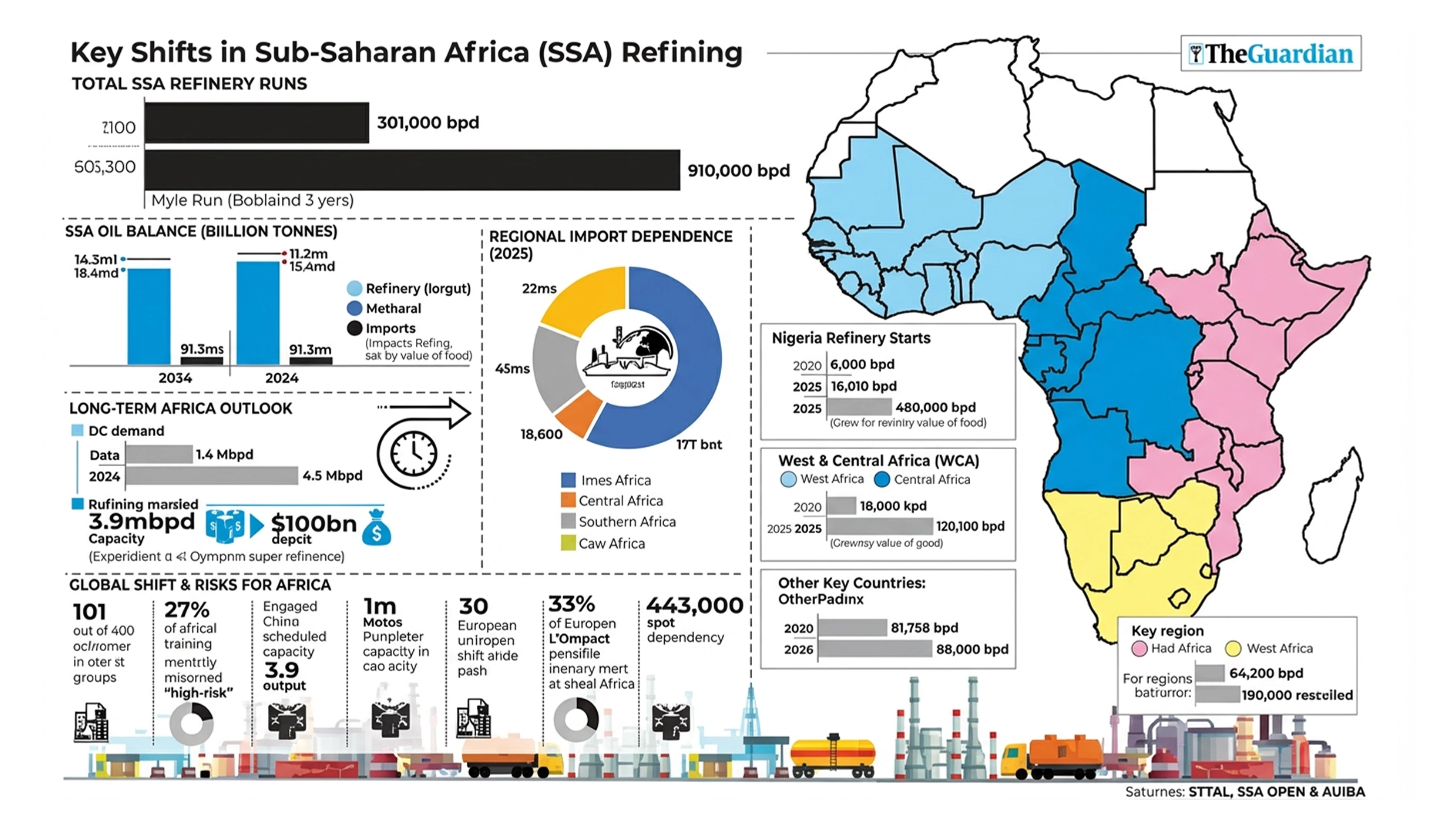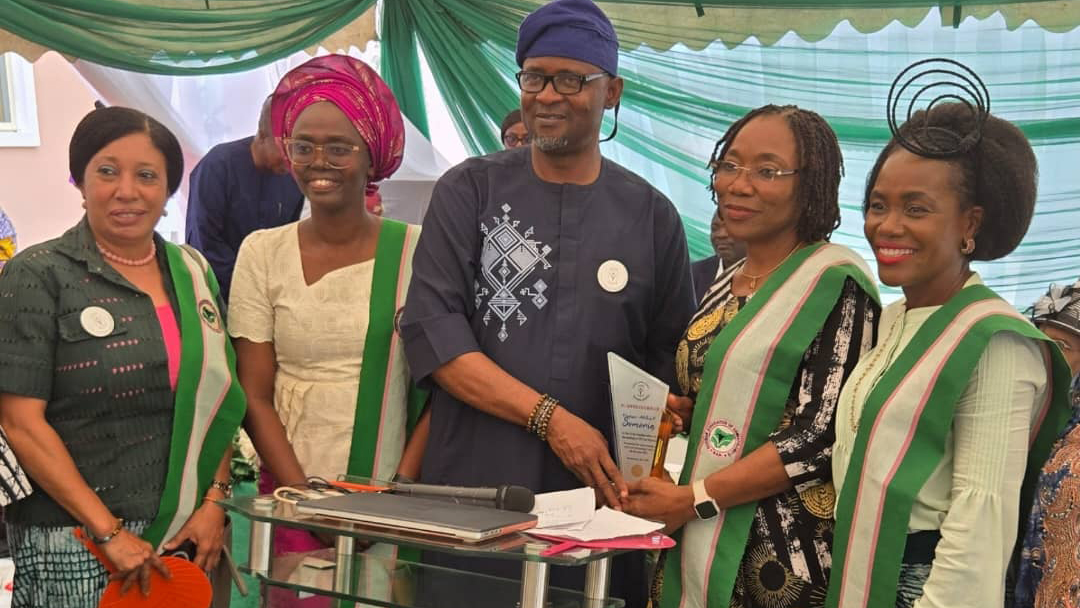For, Paul Adams, early sacrifices became the foundation of a career defined by problem-solving, resilience, and innovation as the young man who lived in a half-built house without electricity is now a seasoned software engineer – the founder of Writinova, an AI-powered writing assistant designed to help students become better writers with stints across Nigeria, Austria and Canada.
Growing up, Adams knew darkness in its most literal form. Nights were long, and the glow of a television or computer screen was an unreachable luxury. Yet, even then, the young boy was drawn to creation. He spent what little he had not on food, but on minutes at a neighborhood cybercafé, where the hum of computers and the glow of monitors offered him something priceless: access to the world of programming. It was his lived experience with poverty and the role education played in his own life that drew him toward building for students.
Writinova, which launched in 2024, is an AI-driven writing companion already serving over 2,000 users. Unlike other AI platforms that simply generate text, it is designed to guide students toward clearer, stronger writing while preserving their unique voice. The tool integrates advanced AI models from OpenAI, Perplexity, and DeepSeek. Its mission is not to replace teachers or encourage shortcuts but to provide students, particularly in resource-scarce contexts, with the kind of feedback and support many lack. “What excites me, Adams says, is that a student anywhere in the world can get high-quality writing guidance instantly. That’s something I wish I had when I was growing up.”
Adams is building at a time when AI in education is both celebrated and scrutinised. A 2025 study found that nearly 70 per cent of university students now use AI tools to support their writing. While many praise these platforms for improving grammar, clarity, and structure, educators worry about over-reliance, plagiarism, and the erosion of critical thinking. Adams acknowledges these challenges but sees them as design opportunities: “The question is not whether students will use AI — they already are. The question is how we can shape these tools so they build skills rather than undermine them,” Adams stated.






